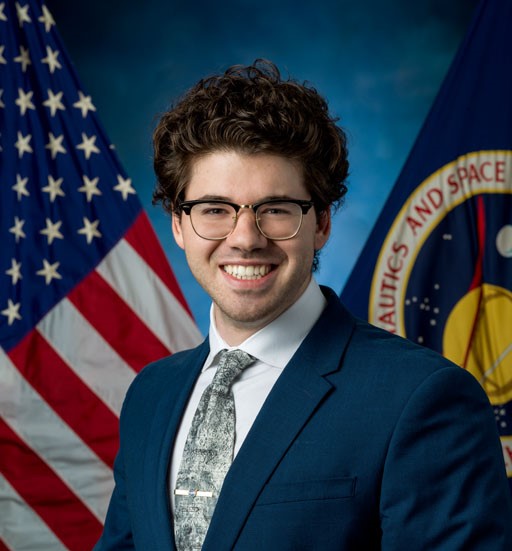Color-Filtering Software for Woven Material Strain Analysis Webinar
When: Thur, 8/14/2025 at 1:00 PM (Eastern Time)
Join us for an in-depth look at an innovation that enhances the precision and efficiency of strain measurement in complex materials. Developed at NASA's Johnson Space Center, this new approach integrates traditional Digital Image Correlation (DIC) with custom RGB color filtering software to isolate and analyze tensile strain along a single directional weave – an advancement particularly valuable for interwoven or biaxially strained materials.
Originally designed for analyzing the restraint layers in inflatable space structures, it minimizes data errors, expands usable surface areas for testing, and streamlines post-processing.
Ideal for researchers, engineers, and anyone working with advanced materials, this technology is available for licensing. For more information, please visit this page.

Mr. Scott Bender is a NASA Pathways Co-Op at Johnson Space Center and a Ph.D. candidate in Aerospace Engineering at Embry-Riddle Aeronautical University (ERAU). He earned both his Bachelors and Masters degrees in Aerospace Engineering from ERAU in 2020 and 2022, respectively.
At NASA Johnson Space Center, Mr. Bender works with commercial partners to support the structural certification of crewed inflatable habitats. Over the past three years, he has contributed to the verification and validation of these critical structures through testing and analysis. Prior to this, he developed sensor systems for detecting and characterizing micrometeoroid and orbital debris (MMOD) impacts on inflatable space structures.
His current research focuses on digital image correlation (DIC) techniques, specifically the development of an RGB-filtering-based approach to isolate directional strain fields in bi-axially loaded or multi-component structures. This method enables more targeted and independent strain measurements in complex, overlapping, component configurations.




